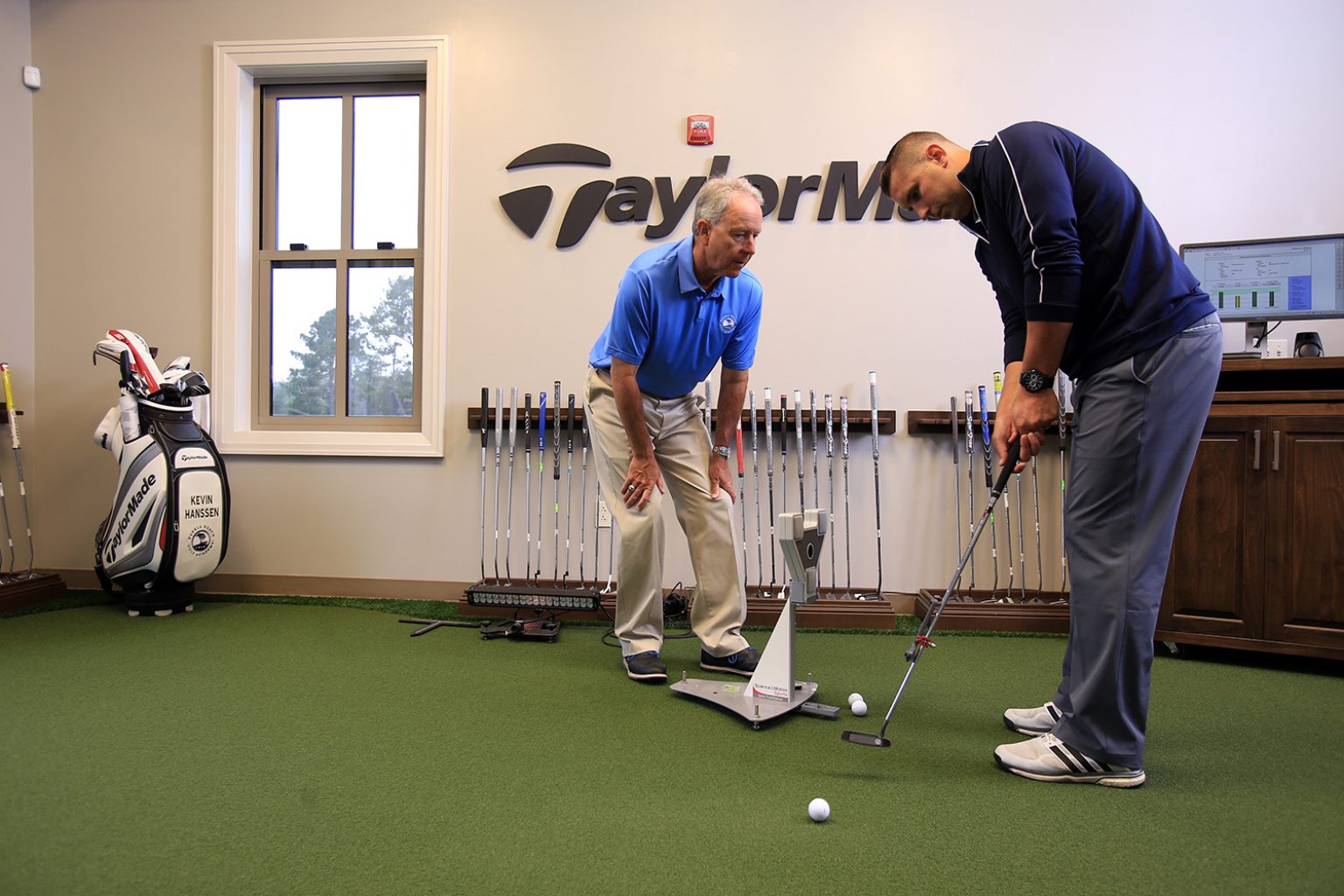Match Your Stroke to Your Technique & Equipment
Most golfers aren’t sure if putting is an art, a science or a religious experience. Through my years of teaching all levels of golfers, I have come to the conclusion that it is a little bit of each.
You can make your scores much lower by improving your putting—and you can improve your putting by having a plan in place.
First of all, there are three accepted ways to putt:
- Straight back-and-through
- On an arc
- Inside to down-the-line (my personal preference)
For each technique there are priorities that must be adhered to. If you putt straight back-and-through, then you need to go back-and-through the same length and speed to gain the desired results (distance and direction).
If you putt on an arc, then you must follow through longer than you go back, but also have the same tempo in both directions. Finally, if you putt from inside to down-the-line, you must go back longer than you go through (no don’t decelerate, but hit and hold)!

Along with these formulas, your equipment should match your stroke and technique. For example, for the straight back-and-through technique, you need to putt with a center-shafted or blade putter. For the arc putter, you would do better with a heel-shafted putter (perhaps a mallet-shaped head), and for the inside to down-the-line technique, you would fare better with a cavity-back putter.
Putting is such an individual endeavor that seems to be as elusive as capturing the wind. The best putters on this planet ”feel the line,” “smell the dirt in the bottom of the cup” and “see an imaginary roadmap to the hole.” But for us mere mortals, having a “game plan” may take us one step closer to our objective of shooting lower scores—or at least, becoming a better putter.